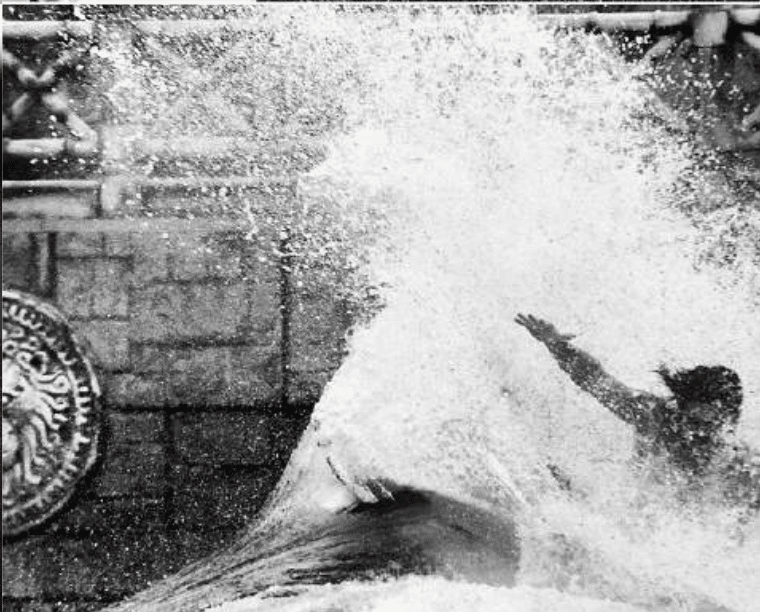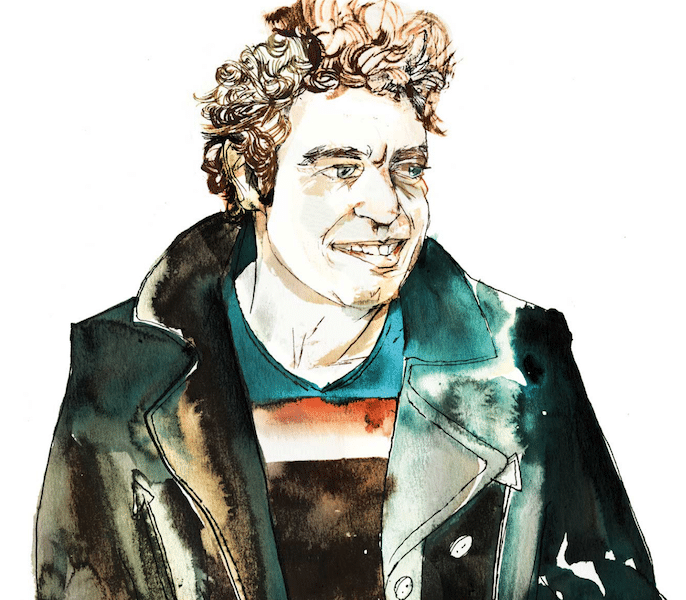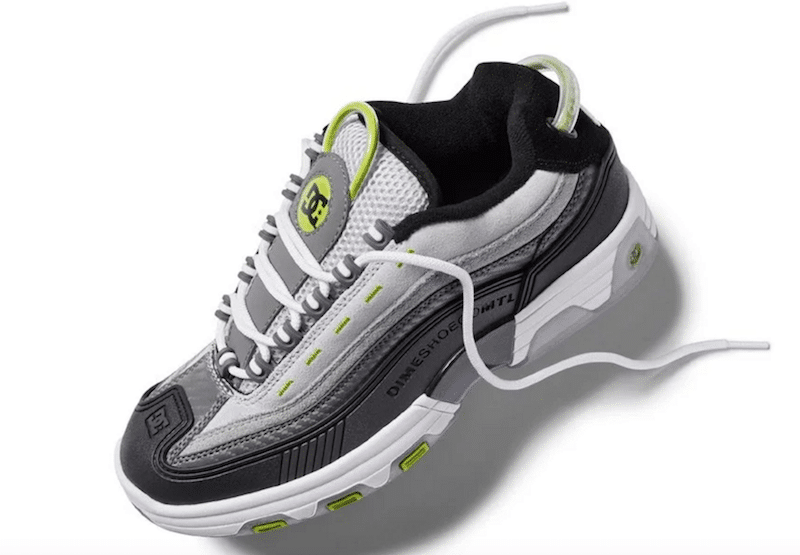And is it possible to ever break through and become… a good surfer? If so, how?
Many years ago, the pioneering pro surfer Mark Warren admitted that he was “a kook forever.” He wasn’t even close to being a kook, at least beyond his teenage years, but his admission revealed the fear that stalks us all.
I know it and it tears me in two.
Despite everything, despite years of pouring blood and tears into the game, despite the best surfboards, front-row seats to the best surfing and endless counsel I have never been able to progress beyond “intermediate” surfer.
I can fake it a little.
I know how to make a photo work. Arms in the air, twisting of torso etc. But I ain’t no better than “intermediate.”
The truth is, unless you hit contests early, or grew up by the beach, you never developed the muscle memory that shows in the good, instinctive surfer.
A kick in the head? Yeah it is.
The whole you’ll-never-be-better-than-an-intermediate-surfer theory comes from Chas Smith and David Lee Scales’ podcast series on Surf Splendor’s The Weekly Grit, and which was posted here under the headline “I’m Having An Existential Crisis!”
I didn’t listen to the damn thing until yesterday and my blood ran cold. Chas spoke about a depression that came from the futility of persisting with a sport he’ll never get any better at.
Should a man continue to waste his time operating at such an emotionally ruinous level?
Then came the question, Is it better to look good on a wave or feel good on a wave?
Who even needs to think about such a thing? Of course, you want to look good. Feeling good, while looking horrible, is a night terror.
Questions: Do you agree with the hypothesis? Are we, as average men, doomed to be “intermediates” forever?
And what range of “intermediate” surfers are there? Low-level intermediate, good-intermediate, advanced-intermediate, and what separates us?
I think,
Low-level: can paddle into a wave, race along, do a cutback, maybe stay on his board during a floater and a close-out re-entry.
Good: The above, with the added bonus of frontside tubes, floaters made, with the occasional lip hit.
Advanced: The above, but has landed a few airs, ridden out of a reverse, can backside tube ride.
And tell me: is it possible to ever break through and become… good?
If so, how?










